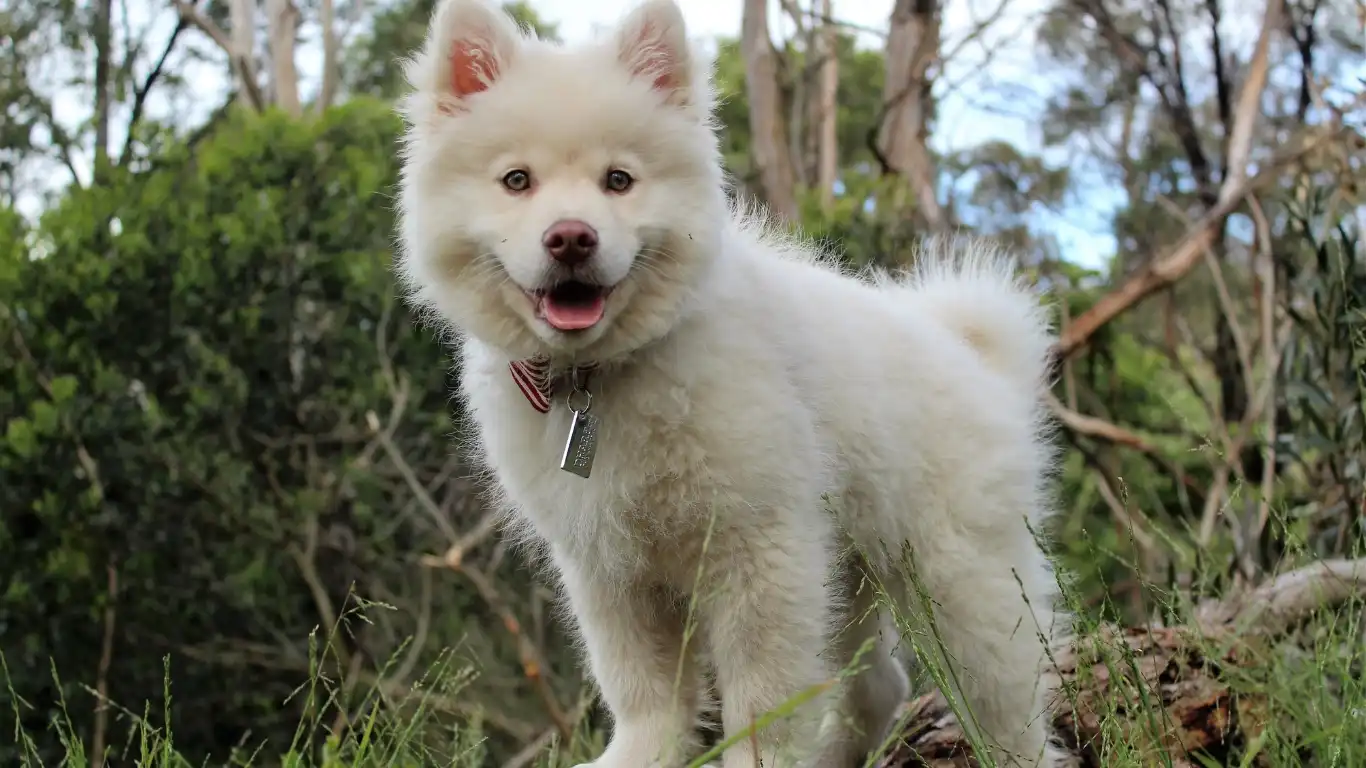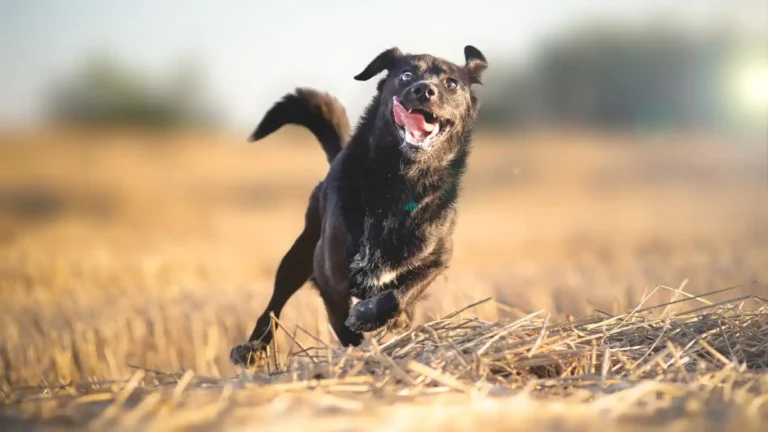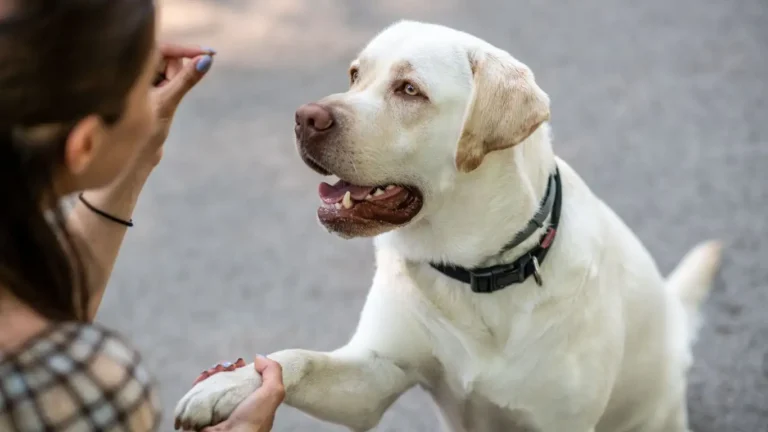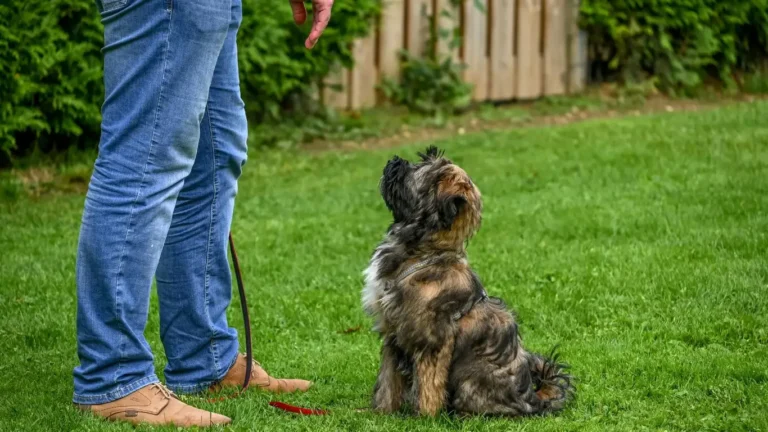How to Help Your Dog Enjoy Social Outings: Easy Tips for Stress-Free Fun
Ever wished your dog could tag along to more of your social plans without turning the whole thing into a stressful mess? I get it. As a Veterinary Technician specializing in nutrition, I’ve had countless chats with pet parents who feel guilty leaving their pups behind or overwhelmed when outings don’t go smoothly. That’s exactly why I wanted to share some real-life advice on how to help your dog enjoy social outings — not just tolerate them, but actually look forward to them. It’s not about having a “perfect dog,” it’s about making the experience better for both of you, step by step.
Understanding Your Dog’s Social Personality
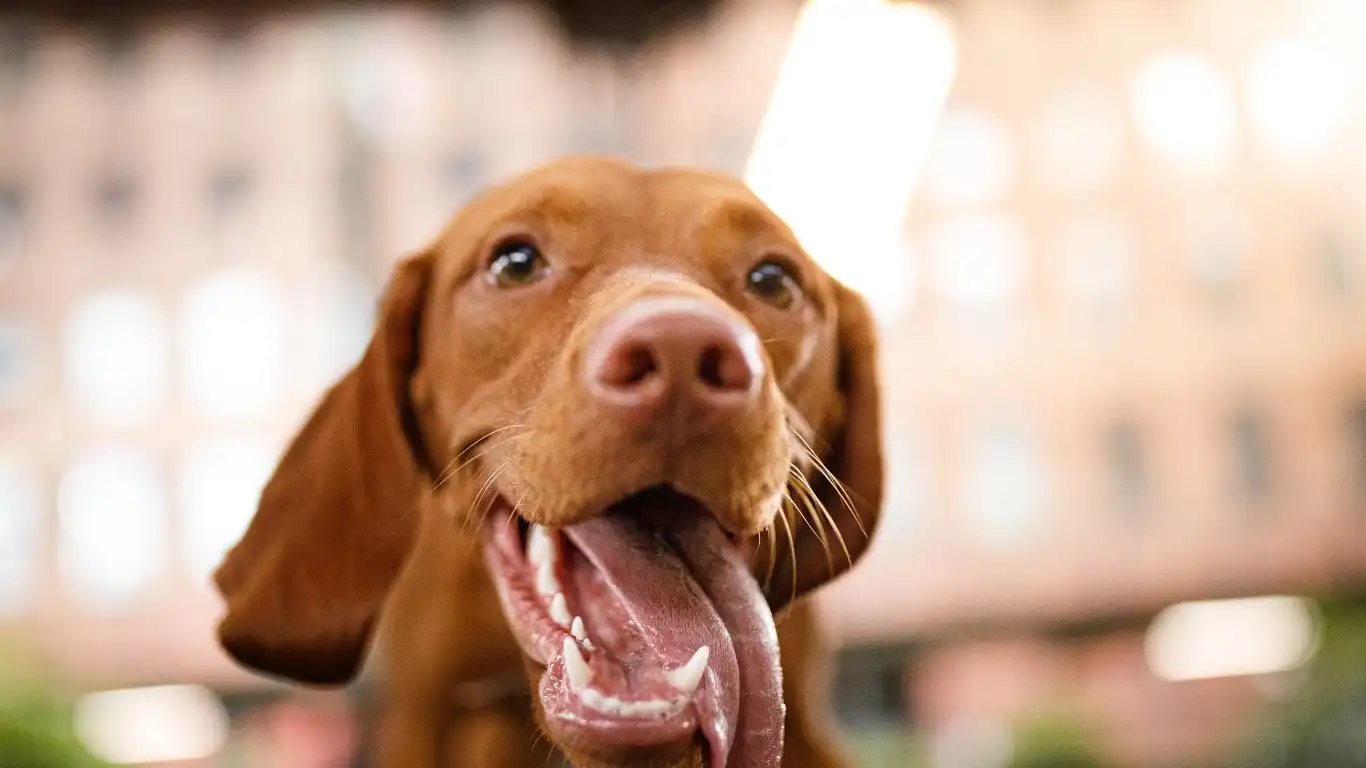
Before you start planning your next café date or park meetup, take a step back and ask yourself: What kind of social creature is my dog? Not every dog is a natural social butterfly. Some love crowds and chaos (looking at you, Labs and Goldens), while others — like my friend’s shy Whippet — would rather chill in a quiet corner with their favorite toy.
I remember working with a sweet Pit Bull mix named Luna. Her owners were desperate to include her in weekend brunches, but she’d shake and tuck her tail every time they reached the restaurant patio. Once we started tuning into her body language and worked on building confidence slowly, things changed dramatically. It’s all about pacing.
Watch for Social Cues
Some signs your dog might not be ready for certain outings:
- Tail tucked or stiff
- Yawning or lip licking (when not tired or hungry)
- Trying to retreat or hide
- Over-the-top barking or lunging
None of these behaviors make your dog “bad” — they just need more time and the right kind of support.
Build Positive Associations with Outings

Here’s where you start turning things around. If your pup associates car rides or outdoor cafes with stress, let’s flip the script. The key? High-value rewards and small wins.
Start with Low-Key Environments
I always suggest beginning in your own neighborhood or a quiet park — places your dog already feels safe. Bring their favorite high-value treats (yes, the stinky ones!) and reward calm behavior. Sit on a bench, let them watch the world go by, and reward often. You’re not asking them to “perform,” just exist in the space and feel good about it.
Desensitize Gradually
- Start with a short 5-minute outing to a calm spot.
- Reward calm behavior and slowly increase time spent.
- Introduce slightly busier spots (like pet-friendly cafés on a weekday).
- Always end on a good note — leave before your dog gets overwhelmed.
This technique worked wonders for one of my past clients — a nervous little rescue named Mochi. We started by just sitting near a coffee shop without going in. After a few weeks, she was trotting through the door like she owned the place, tail wagging.
Gear Up for Comfort and Confidence
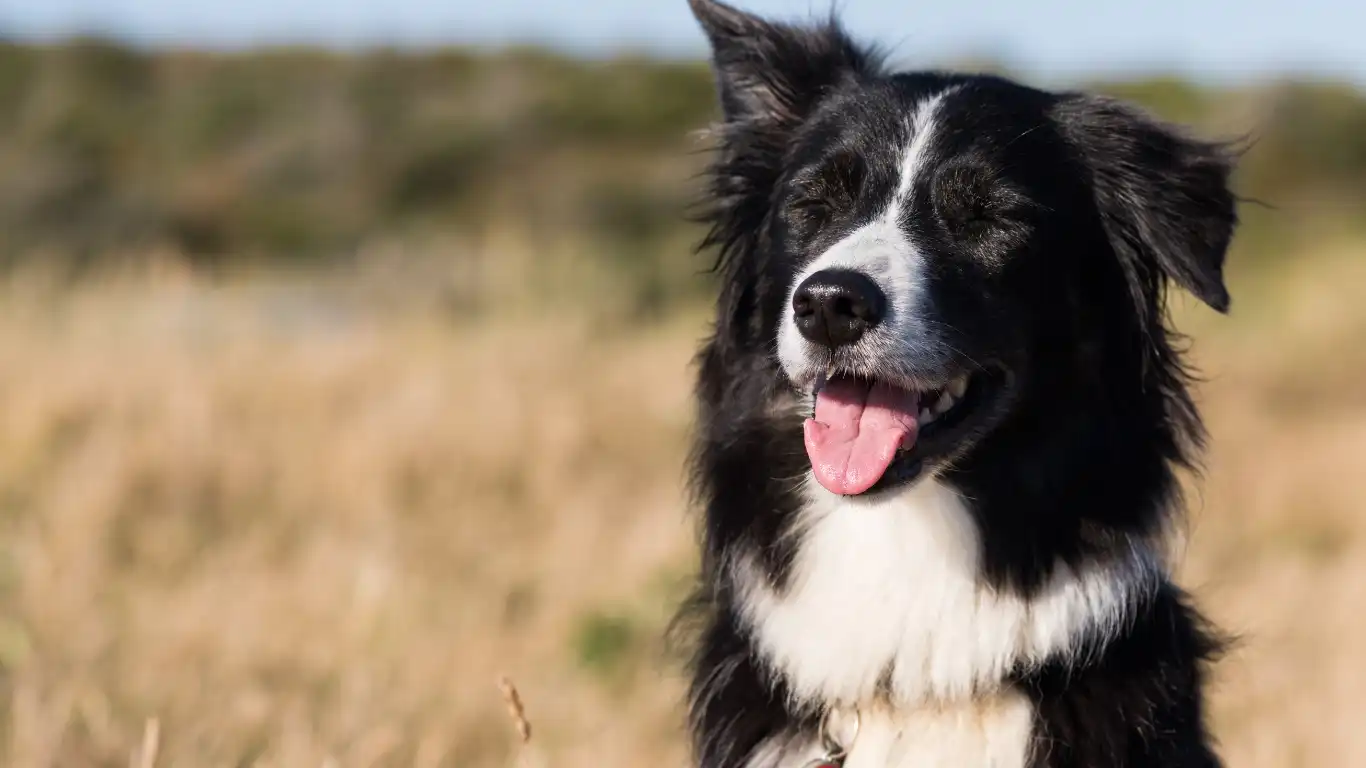
Outings go a lot smoother when your dog feels safe and secure. The right gear can make a massive difference, especially for pups who get overstimulated or anxious.
Must-Have Outing Essentials
- Properly fitted harness: Reduces pulling and offers better control
- Short, sturdy leash: Avoid retractables in busy areas
- Travel water bowl: Hydration is key, especially in warm weather
- Comfort item: Like a favorite toy or blanket for car rides or cafés
And don’t forget poop bags — no one wants to be *that* person at the park.
When I’m heading out with my own dog, I pack a little “outing kit” in the car. It’s saved me more than once when I’ve forgotten something. Think of it like a diaper bag, but for dogs. Snacks, wipes, collapsible bowl, spare leash — boom, you’re ready for anything.
Training Tips That Set the Stage for Success
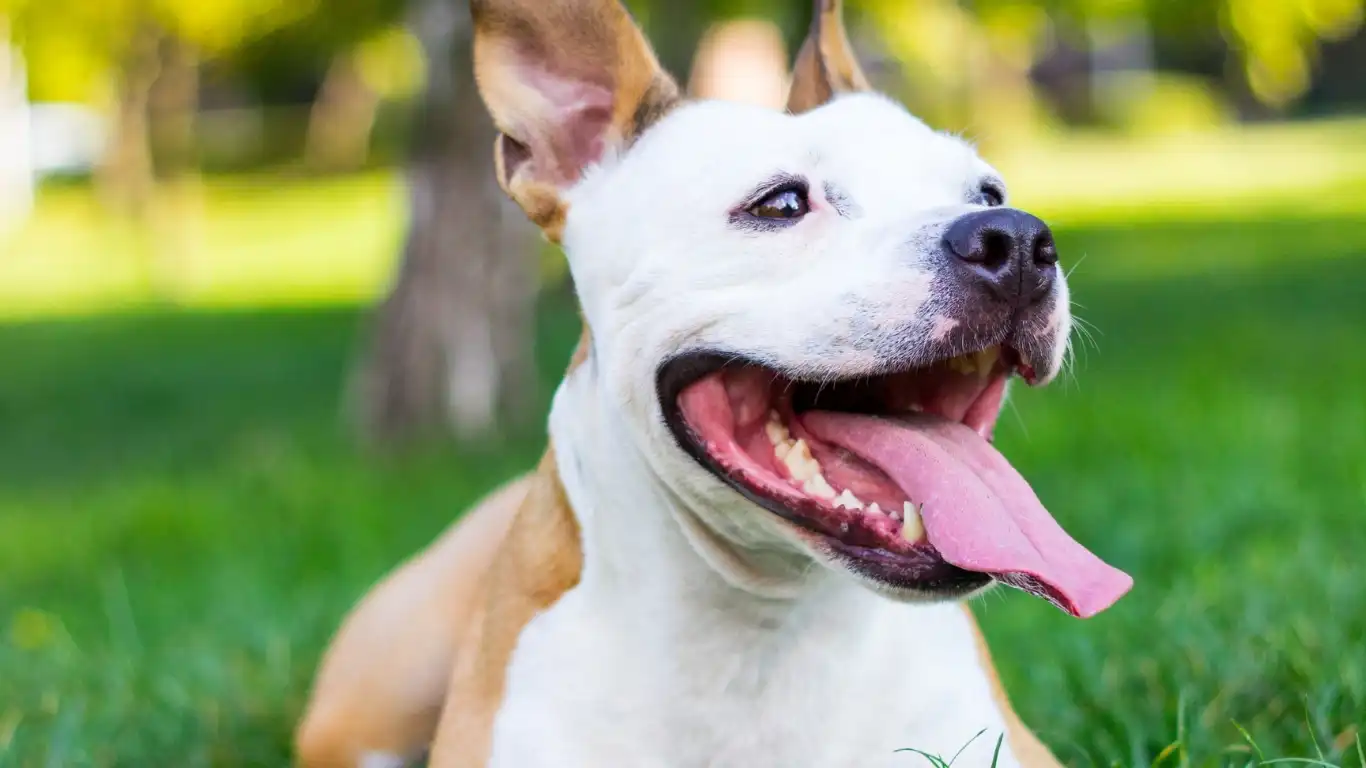
Alright, now that your pup is comfy with the gear and getting used to different environments, it’s time to talk training. And I don’t mean military-style obedience drills — I mean practical, everyday behaviors that help your dog feel more secure and make social outings smoother for both of you.
In my clinic days, we used to joke that “sit” is worth its weight in gold — and honestly, it is. Teaching a solid sit, stay, and leave-it gives your dog something familiar to fall back on when the world feels overwhelming. Plus, it builds their confidence and your trust in each other.
Keep Commands Simple & Reliable
You don’t need a dozen fancy tricks. Just focus on a few basics and practice them in different environments. This teaches your dog that listening to you pays off — no matter where you are.
- Sit: A calm alternative to jumping on strangers or pulling toward distractions.
- Stay: Super useful at cafés, parks, or even just waiting by your car.
- Leave it: Because let’s be real, dogs always find the nastiest thing on the ground.
I always carry a small pouch of high-value treats when I’m out with my own pup. Think freeze-dried liver or tiny bits of cooked chicken. These aren’t everyday snacks — they’re “jackpot” rewards for focus and good behavior in busy spots.
Know When to Take Breaks

Here’s something that’s easy to forget when you’re juggling iced lattes and leashes — dogs get overstimulated way faster than we do. Especially in noisy, unpredictable environments. What looks like a fun patio lunch to us might feel like a sensory overload to them.
I’ve seen this happen with even the most chill dogs. A few too many people walk by, a stroller squeaks, a siren goes off — suddenly your happy pup is panting and pacing under the table. It doesn’t mean they’re broken or antisocial; it just means they need a moment.
Signs Your Dog Needs a Break
- Excessive panting (when it’s not hot)
- Looking away or refusing food (a big red flag in food-motivated dogs)
- Restlessness, paw lifting, or whining
One trick I’ve used over the years is creating a “go chill” cue. For my dog, it’s a rolled-up towel I lay out under the table — she knows that’s her spot to relax. You could use a blanket or mat and train your pup to lie down there for a treat. It’s like bringing a bit of home with you wherever you go.
Include the Right Kind of Social Interactions

Let’s talk about the elephant in the room — not every dog needs to play with every other dog. Some dogs love making new furry friends, others would rather just hang with their humans. And both are totally okay.
I once worked with a goofy Boxer named Remy who LOVED greeting every dog he saw… until he didn’t. He’d get overstimulated fast and start jumping, barking, and spiraling into chaos. We taught his owners to recognize when he was getting too hyped, redirect with a simple “let’s go,” and reward calm disengagement. Total game-changer.
Quality Over Quantity
Instead of letting your pup greet every single dog they pass, look for:
- Dogs with calm, relaxed body language
- Owners who ask before approaching (and you should, too!)
- Short, sniff-and-go greetings — not tangled-leash wrestling matches
And remember: some of the best social outings don’t involve other dogs at all. It’s perfectly fine for your pup to just be present in the world with you. Sitting on a bench together, watching people go by, soaking in new sights and smells — that counts as socializing, too.
Make Each Outing Enjoyable, Not Just Tolerable

One of the biggest mindset shifts I encourage pet parents to make is this: outings shouldn’t just be something your dog puts up with. They should be something they look forward to. And that means tuning into what your individual dog finds fun and manageable.
For my senior Chihuahua patient, Joy, that looked like short morning strolls at a quiet park with lots of sniff breaks and zero pressure to “perform.” For my own dog? She’s happiest hiking shady trails where she can lead the way (on leash, of course) and investigate all the smells.
Little Joys Make a Big Impact
Ask yourself: what does your dog really enjoy? Not just what you think they *should* enjoy. It might be:
- A sniff walk at sunrise
- People-watching at the edge of a farmer’s market
- Getting a pup cup while you grab your coffee
- Lounging beside you on a dog-friendly patio with a chew toy
The more you build outings around your dog’s unique preferences, the more they’ll thrive — and honestly, you’ll both have a way better time.
Planning Ahead: Tips for Stress-Free Social Outings
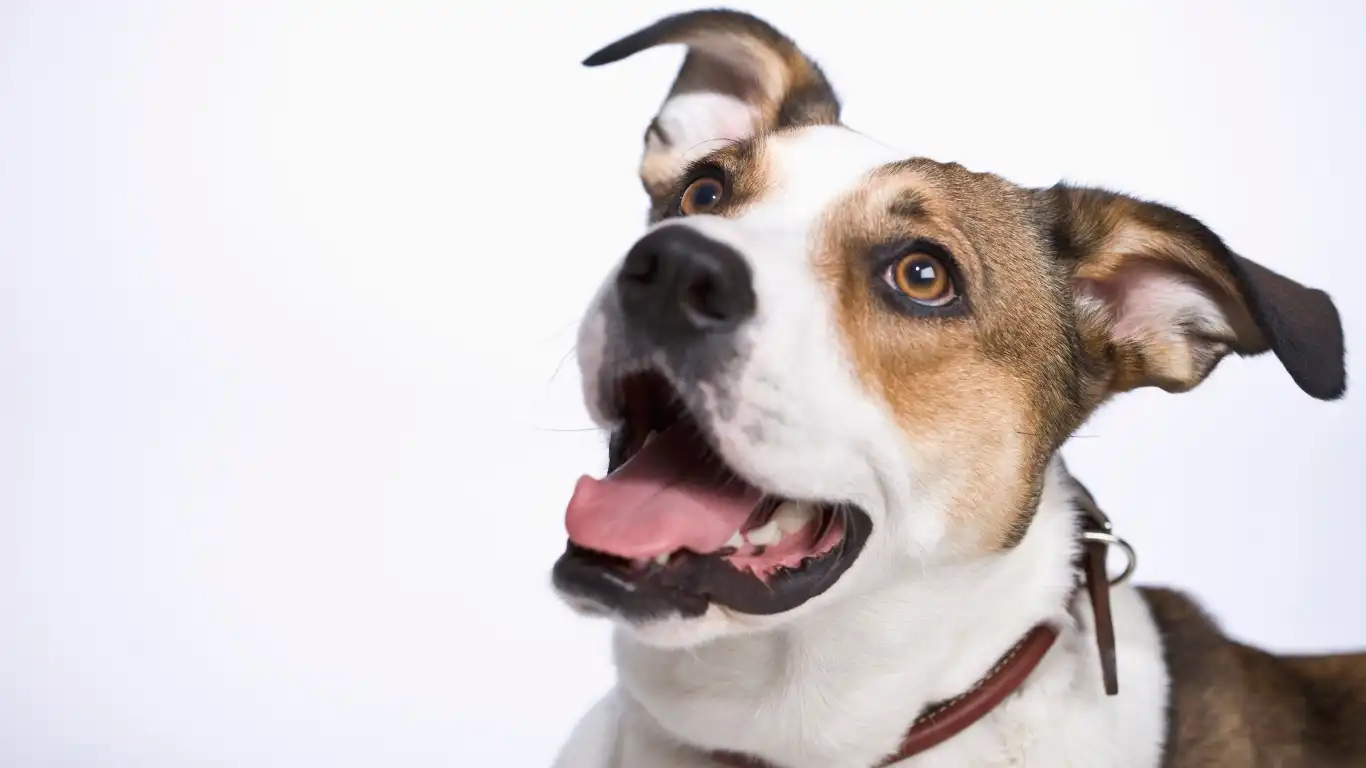
One thing I can’t stress enough from my years as a Veterinary Technician is that planning ahead is a total game changer when it comes to helping your dog enjoy social outings. Nothing makes a pup more anxious than being surprised by loud noises, unfamiliar places, or forgotten essentials. And believe me, I’ve seen so many families get caught off guard — leading to frustrated dogs and stressed owners.
From my experience, a little preparation goes a long way. Here’s a checklist I swear by to keep things smooth and fun:
- Scout the location beforehand. Check if the place is dog-friendly and look up busy times. Some parks or cafés have quieter hours that might be better for sensitive pups.
- Bring your dog’s favorite treats and toys. These can be lifesavers for distracting or rewarding calm behavior.
- Don’t forget hydration! Carry fresh water and a portable bowl — especially on warm days or longer outings.
- Pack poop bags. It’s basic courtesy and keeps your community happy.
- Have a backup plan. If your dog gets overwhelmed, know where you can take a quick breather or even cut the outing short.
One time, I went on a casual hike with my dog but forgot her travel water bowl. She was parched halfway through, and I had to improvise with a soda can lid. Not ideal, trust me! After that, my “outing kit” got a serious upgrade.
Timing Is Everything
Try to plan outings when your dog is naturally more relaxed — maybe after a good play session or nap. And avoid peak busy hours if your dog tends to get nervous around crowds. For example, hitting the dog park early in the morning or late afternoon can make all the difference.
Health & Nutrition: The Unsung Heroes of Happy Outings

From my background in nutrition, I can’t ignore how much your dog’s overall health affects their social comfort. A well-fed, well-hydrated dog with balanced energy levels is way more likely to handle outings calmly and enjoyably.
Think of it like this: if your dog’s tummy is upset or they’re running on empty, even the most relaxed park stroll can feel like a marathon. That’s why I always recommend:
- Feeding a balanced diet tailored to your dog’s age, breed, and activity level. If you’re unsure what’s best, a vet nutritionist can help create a plan that supports calm energy and gut health.
- Timing meals so your dog isn’t hungry or too full during outings. A light snack beforehand can boost focus and mood.
- Regular exercise outside of social outings, which helps burn off nervous energy and builds confidence.
And if your dog has any special dietary needs or allergies, be extra cautious with treats and snacks you bring on the go. It’s one of those little details that makes a big difference.
When to Seek Professional Help
Sometimes, despite all your efforts, your dog might still struggle with social outings. Anxiety, fear, or even past trauma can create barriers that are tough to overcome on your own. If you’re feeling stuck, don’t hesitate to reach out to a professional. I’ve worked alongside many skilled trainers and veterinary behaviorists who specialize in helping dogs thrive socially.
Early intervention can prevent behaviors from becoming ingrained, and professionals can tailor strategies to your dog’s unique needs. Whether it’s specialized behavior modification or anxiety-reducing supplements, there are tools out there that can make a huge difference.
From my years in veterinary care, I’ve seen dogs transform with the right support — turning stressful outings into positive experiences that both dogs and owners look forward to.
At the end of the day, the goal of learning how to help your dog enjoy social outings isn’t just about etiquette or convenience. It’s about deepening your bond through shared adventures that respect your dog’s pace and personality. The joy of watching your furry friend relax, explore, and simply be present with you in the world — that’s priceless.
Remember: every dog is different. Some will thrive in bustling crowds; others will shine in quieter moments. The magic is in tuning into your dog, offering patience, and celebrating the small victories along the way.
References
- American Veterinary Medical Association
- Association of Professional Dog Trainers
- Centers for Disease Control and Prevention – Healthy Pets
Disclaimer
This article is intended for informational purposes only and is not a substitute for professional veterinary advice, diagnosis, or treatment. Always consult your veterinarian or a qualified pet behavior specialist for personalized guidance tailored to your dog’s specific needs and health conditions.
